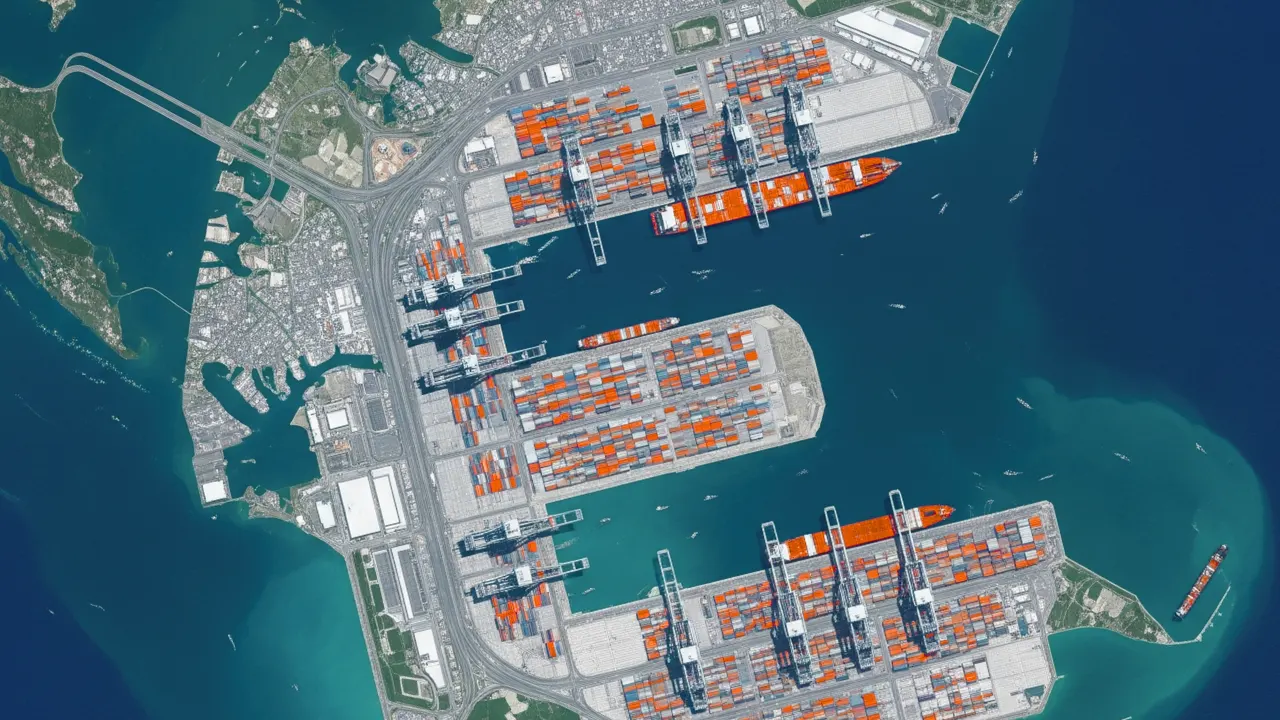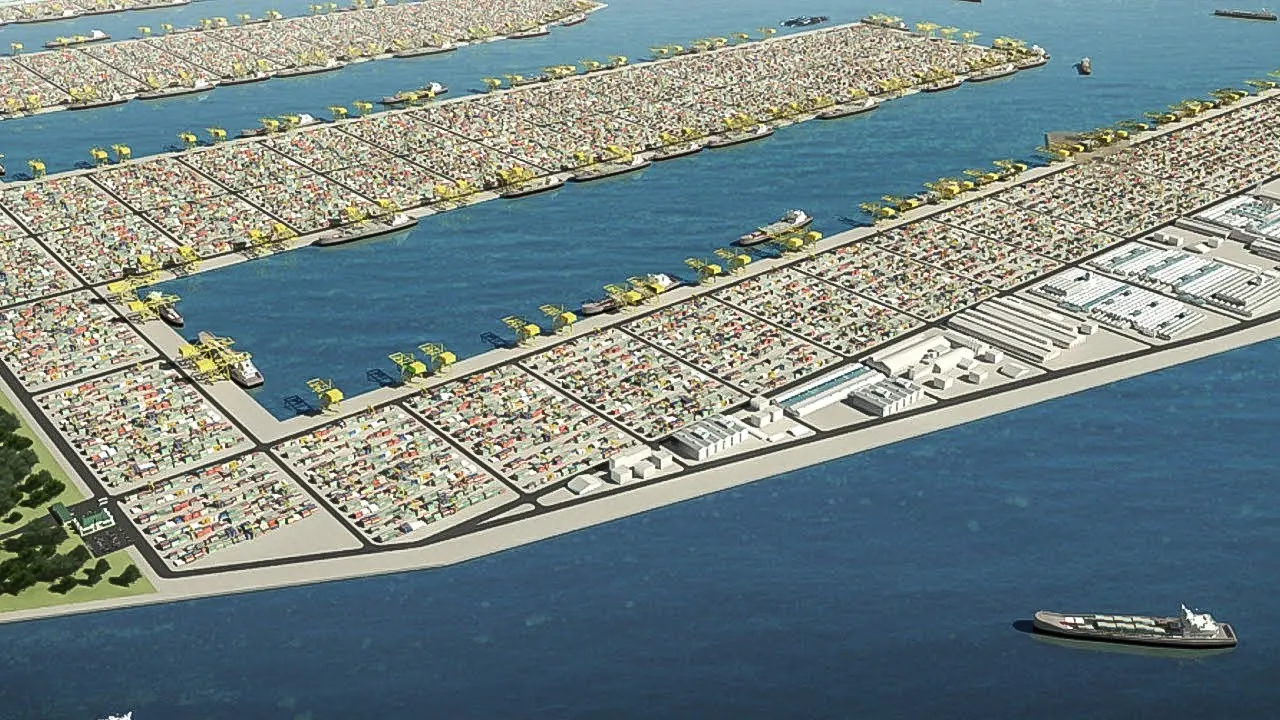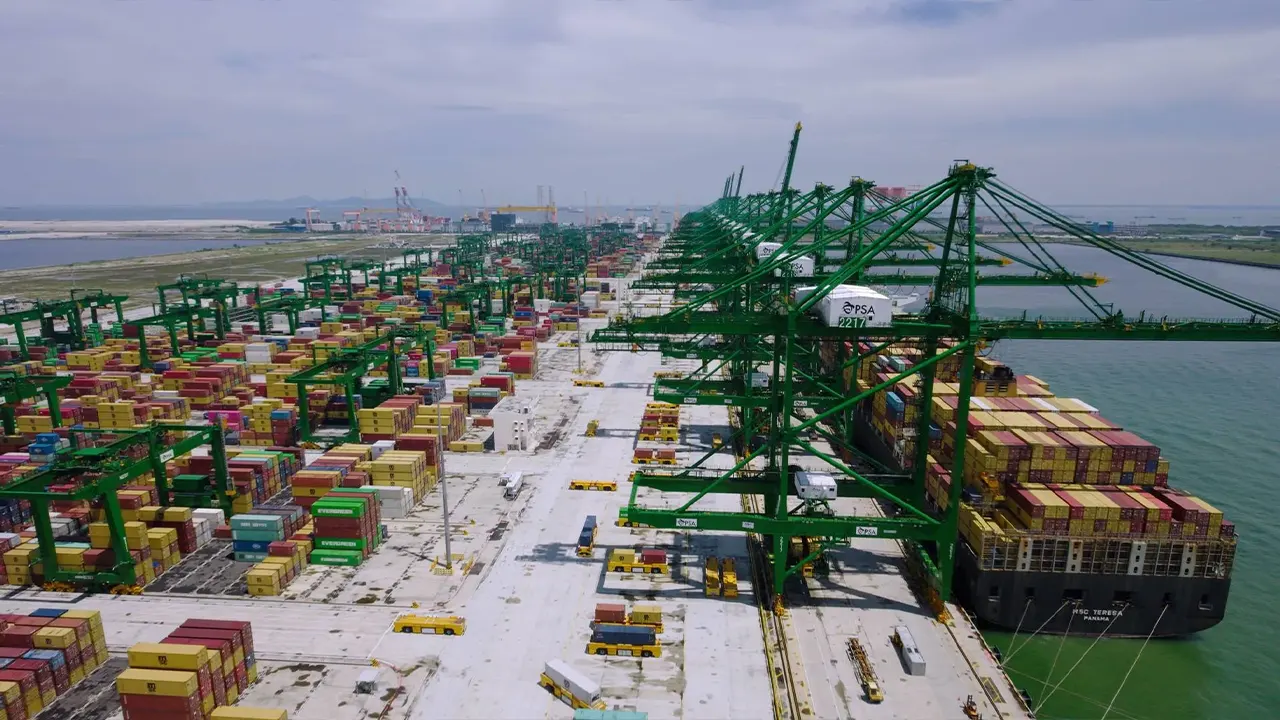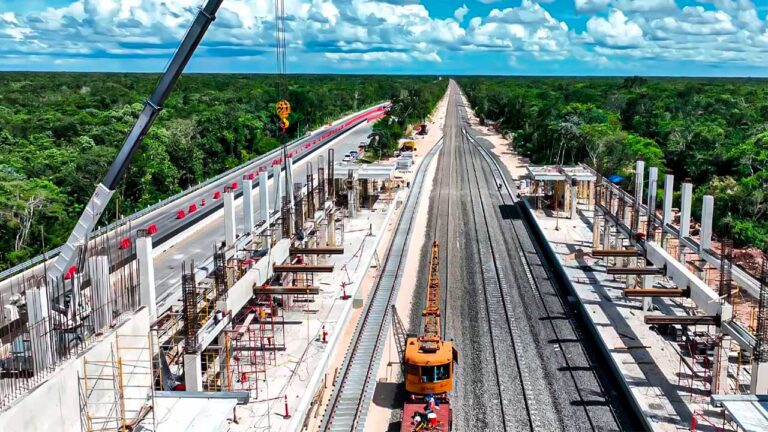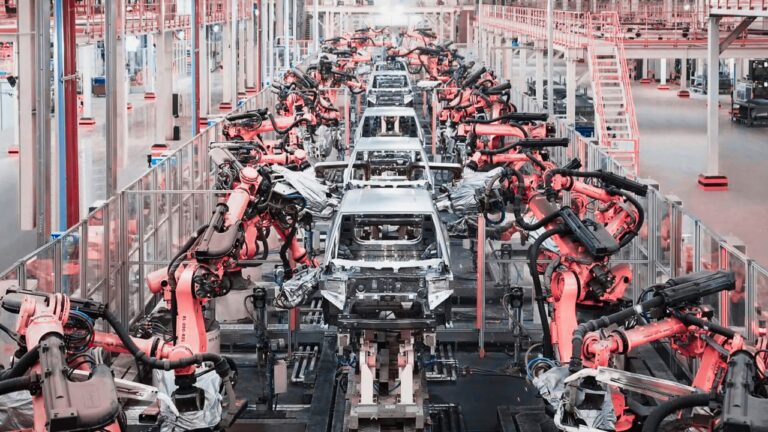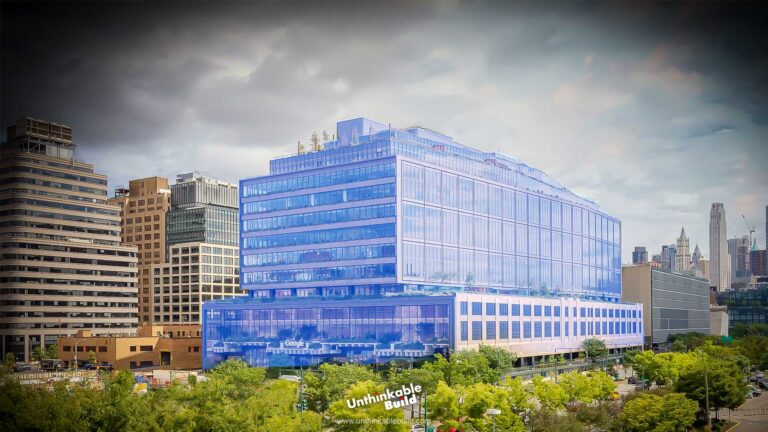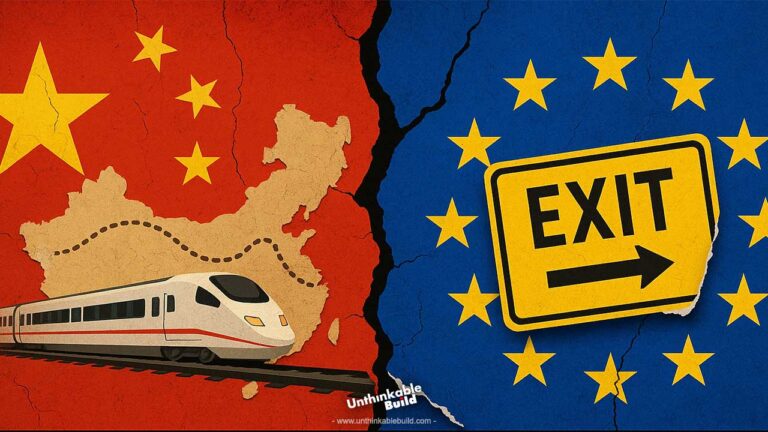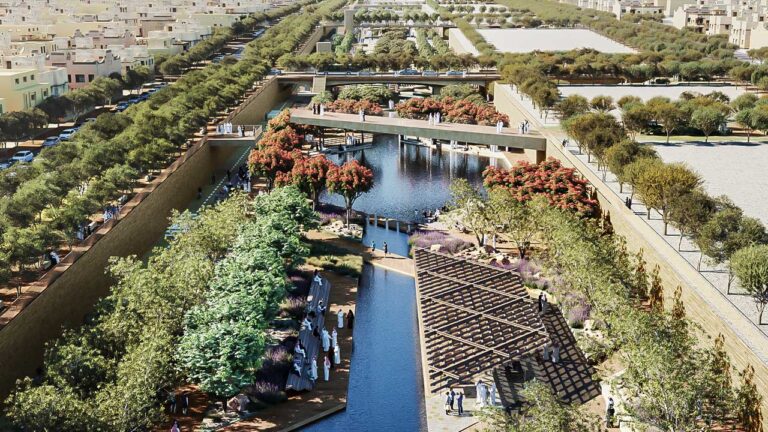Why Singapore Is Spending $20 Billion to Build a Tuas Mega Port From the Ocean
Singapore is attempting something no country has ever done at this scale. It is constructing a port so vast that satellites can see its outline from space. The Tuas Mega Port is not just another port expansion. Singapore is creating new land from the sea to build what will become the world’s most advanced, fully automated shipping hub.
This is not a few docks and warehouses. It is a 20-year mega project that will span 1,337 hectares and integrate cutting-edge automation and digital logistics systems. When fully operational, Tuas Mega Port will process up to 65 million twenty-foot equivalent units (TEUs) every year, more than any port on the planet today.
The facility is the size of a major international airport. It is designed to handle the largest cargo vessels ever built, and every element of its infrastructure is optimized for efficiency, safety, and environmental sustainability. What makes it remarkable is that much of the land beneath it did not even exist a decade ago.
Singapore is not only reshaping maritime trade with Tuas Mega Port but also investing $7.5 billion to expand Changi Airport, creating a next-generation air hub designed to handle future passenger and cargo growth. This dual focus on sea and air transport shows how the city-state is securing its position as a global trade and travel powerhouse.
World’s Largest Port
Singapore covers just over 700 square kilometers. It has no natural resources and limited land, yet its geographic position has always been its greatest advantage. It sits at the heart of the Malacca Strait, one of the world’s busiest shipping lanes, linking the Indian Ocean to the South China Sea.
When Sir Stamford Raffles established a British trading post here in 1819, he unknowingly set Singapore on a path that would define its destiny. The opening of the Suez Canal in 1869 made Singapore an essential stop for vessels traveling between Europe and Asia.
After gaining independence in 1965, Singapore’s leaders understood that trade had to be the nation’s lifeline. The government invested heavily in port infrastructure and efficient container handling systems. By the 1980s, Singapore became the world’s busiest port, a title it defended for years.
Today, Singapore remains one of the top three ports globally, competing closely with Shanghai and Ningbo-Zhoushan in China. Over 140,000 ships pass through its waters annually, an average of one every four minutes. Its terminals connect to more than 600 ports across 120 countries, handling everything from crude oil and chemicals to electronics, cars, and food supplies.
But Singapore’s container traffic grew so rapidly that its terminals at Tanjong Pagar, Pasir Panjang, Brani, and Keppel reached capacity. Fragmented operations meant longer transit times and limited room for expansion.
In 2015, Singapore launched its answer: Tuas Mega Port, a single, consolidated terminal designed for the next century of global trade.
Tuas Mega Port Vision
The Tuas Mega Port is Singapore’s largest infrastructure project to date, with construction taking place in four stages.
Phase 1 (2015–2022)
Singapore reclaimed 414 hectares from the sea using an 8.6 km seawall and millions of cubic meters of dredged sand. Engineers deepened the seabed and elevated the land five meters above mean sea level to prepare for rising sea levels. This phase created 21 deep-water berths capable of handling ultra-large container vessels.
Phase 2 (2019–2027)
Construction is now expanding westward with 387 additional hectares. A major maintenance base is being built to support advanced automated equipment. Engineers are also preparing the groundwork for high-capacity berths and integrated digital logistics systems.
Phases 3 and 4 (2027–2040)
The final stages will complete Tuas’s footprint with a total of 66 berths and a processing capacity of 65 million TEUs per year. By then, all of Singapore’s existing terminals will relocate to Tuas, consolidating port operations into one fully automated mega hub.
Even though only one phase is operational, Tuas has already processed more than 10 million containers since 2022.
Tuas Port Uses AI & Automation
Every element of Tuas Mega Port is designed for smart, connected operations. Automated stacking cranes as tall as 12-story buildings move containers without human intervention. Driverless automated guided vehicles (AGVs) transport cargo between berths and storage yards. Drones carry out inspections, while augmented reality glasses give workers real-time schematics and cargo data.
A centralized control tower integrates AI-driven analytics, predictive maintenance, and real-time monitoring of every crane, vehicle, and container. This approach boosts efficiency while reducing operational errors and accidents.
According to PSA International, the port’s operator, Tuas will become a testbed for AI-enabled logistics solutions that could later be deployed across the global supply chain.
Building a Cleaner, More Resilient Port
Ports are historically heavy polluters. Singapore aims to change that. Half of Tuas’s port equipment will run on electricity, and solar panels are being installed across rooftops and open areas. The port is expected to cut emissions by at least 50 percent compared to existing terminals.
Singapore has also designed Tuas to withstand climate risks. Engineers elevated the reclaimed land and built robust seawalls to handle rising tides and storm surges. The port’s design aligns with Singapore’s national commitment to reach net-zero emissions by 2050.
Why Tuas Port Matters for Global Trade
Even as global trade faces geopolitical tensions and supply chain disruptions, 80 percent of goods still move by sea. Singapore’s location gives it a critical edge over rivals like Port Klang in Malaysia or Tanjung Priok in Indonesia.
Tuas will streamline logistics by consolidating operations, reducing transit times, and supporting the world’s largest container ships. Its advanced systems will attract shipping companies seeking reliability and cost savings.
The port is also expected to create tens of thousands of jobs in engineering, logistics, and technology sectors. It is more than infrastructure. It is a national economic engine that will define Singapore’s role in global trade for decades.
A Masterstroke of Foresight and Risk
Tuas Mega Port is a story of bold vision, meticulous planning, and technological ambition. Few nations think on such long timelines, yet Singapore is investing for 2040 and beyond.
The project carries risks. Trade patterns could shift, regional competitors may grow stronger, and automation may face unforeseen challenges. But Singapore’s track record of foresight and execution suggests that Tuas is more than just a gamble. It is a calculated strategy to remain indispensable to global commerce.
Just beyond Tuas, Singapore is planning the Long Island project, a massive land reclamation effort that could protect the nation from rising seas or become its most controversial gamble yet.

